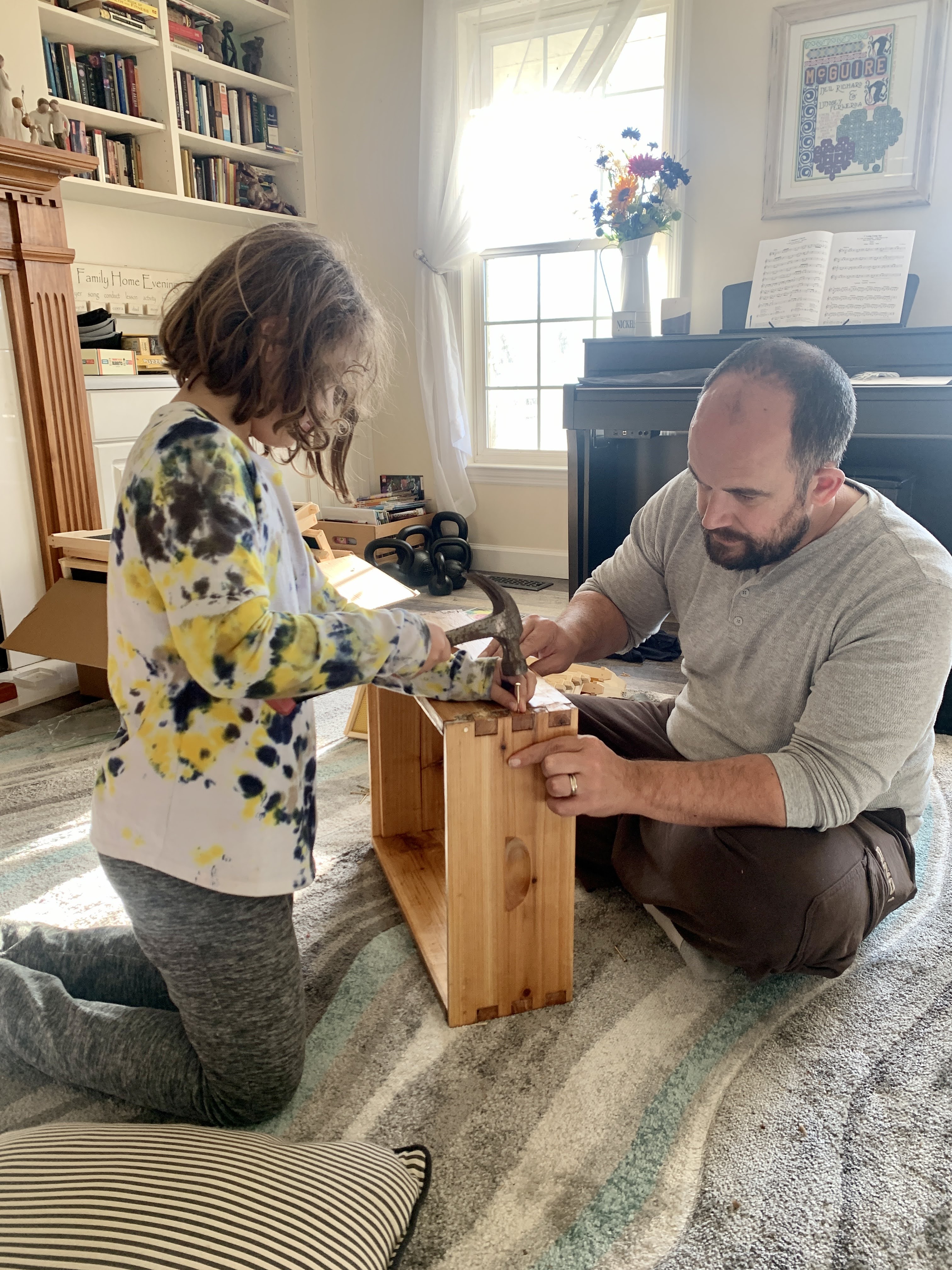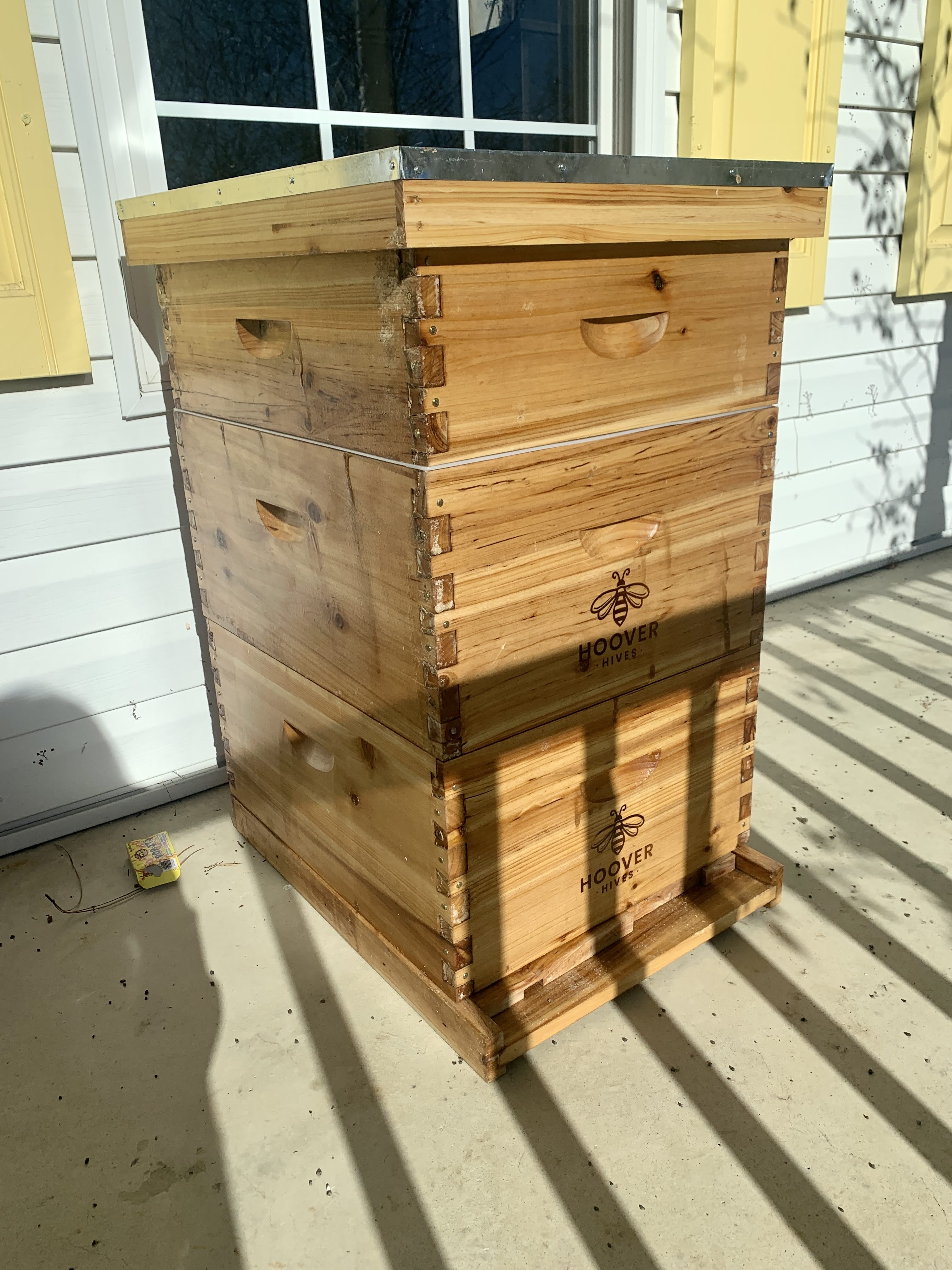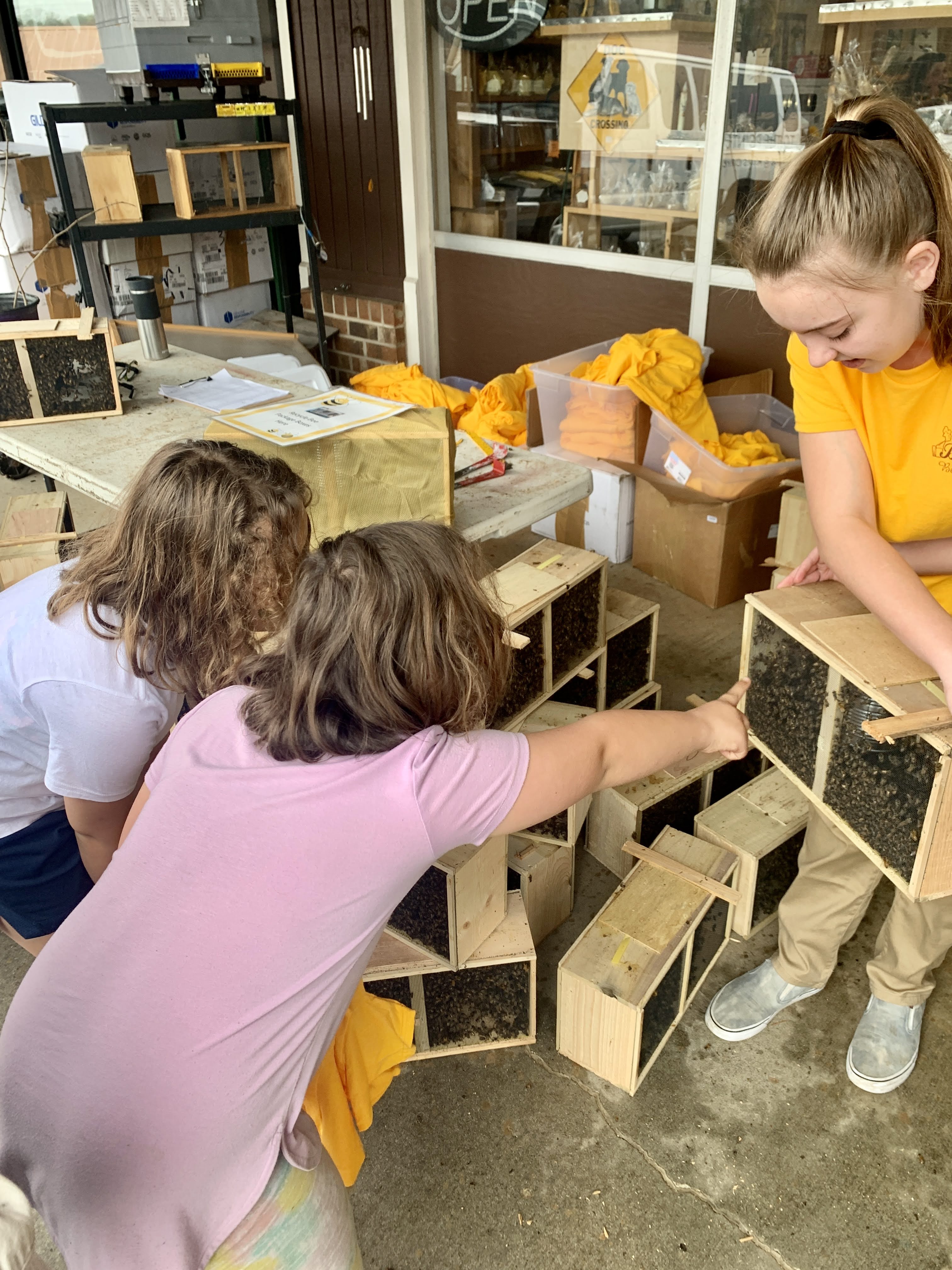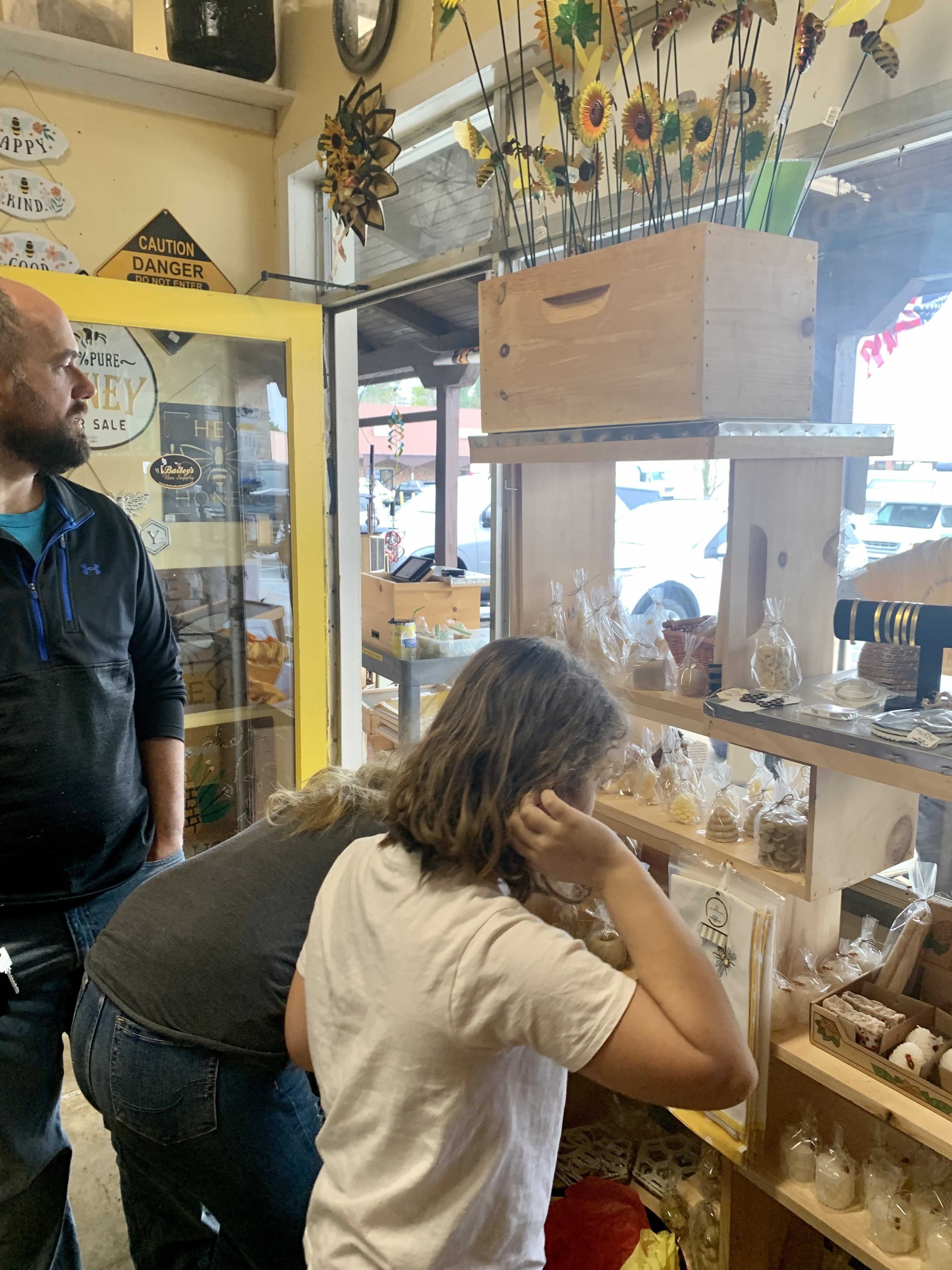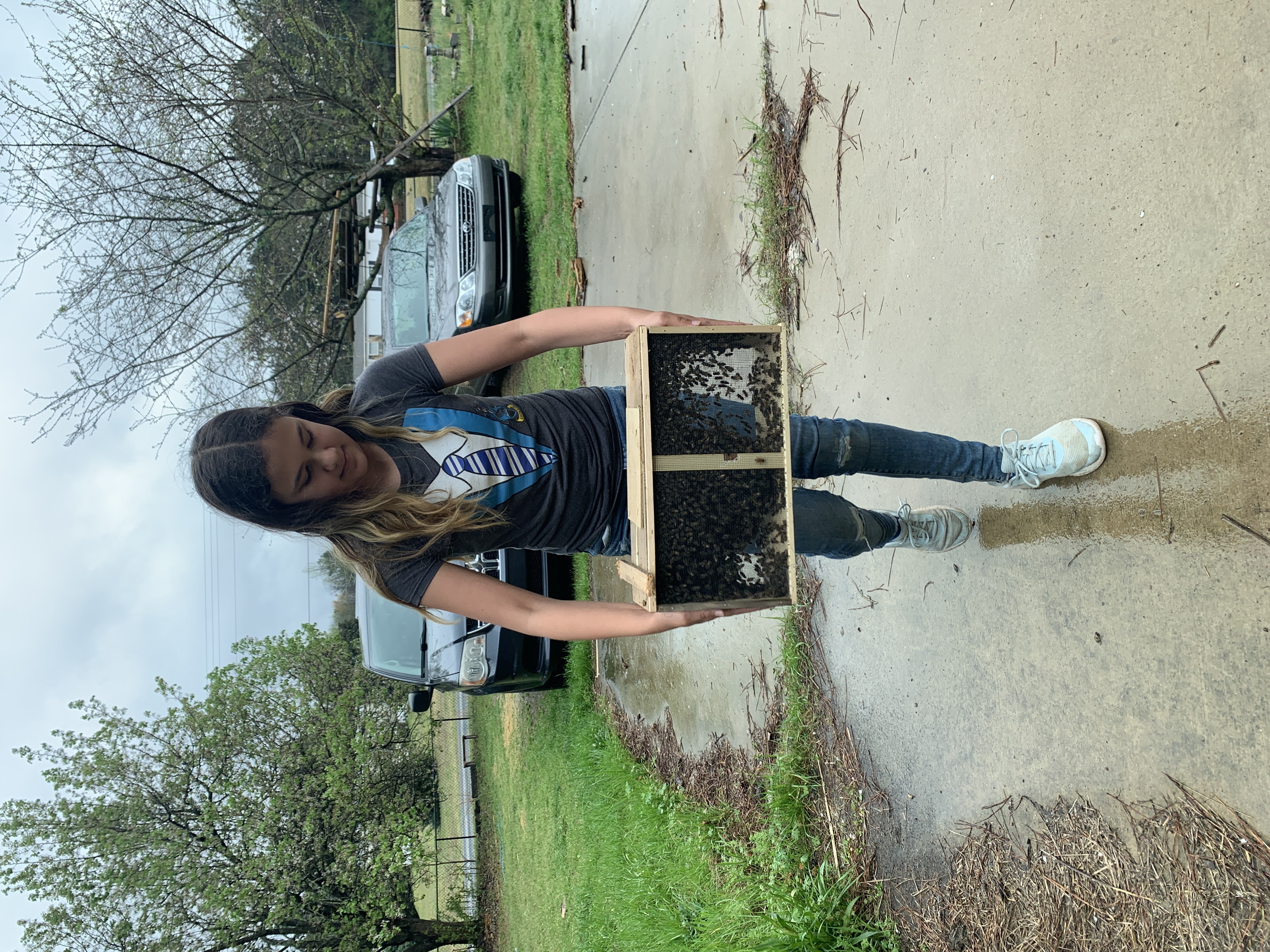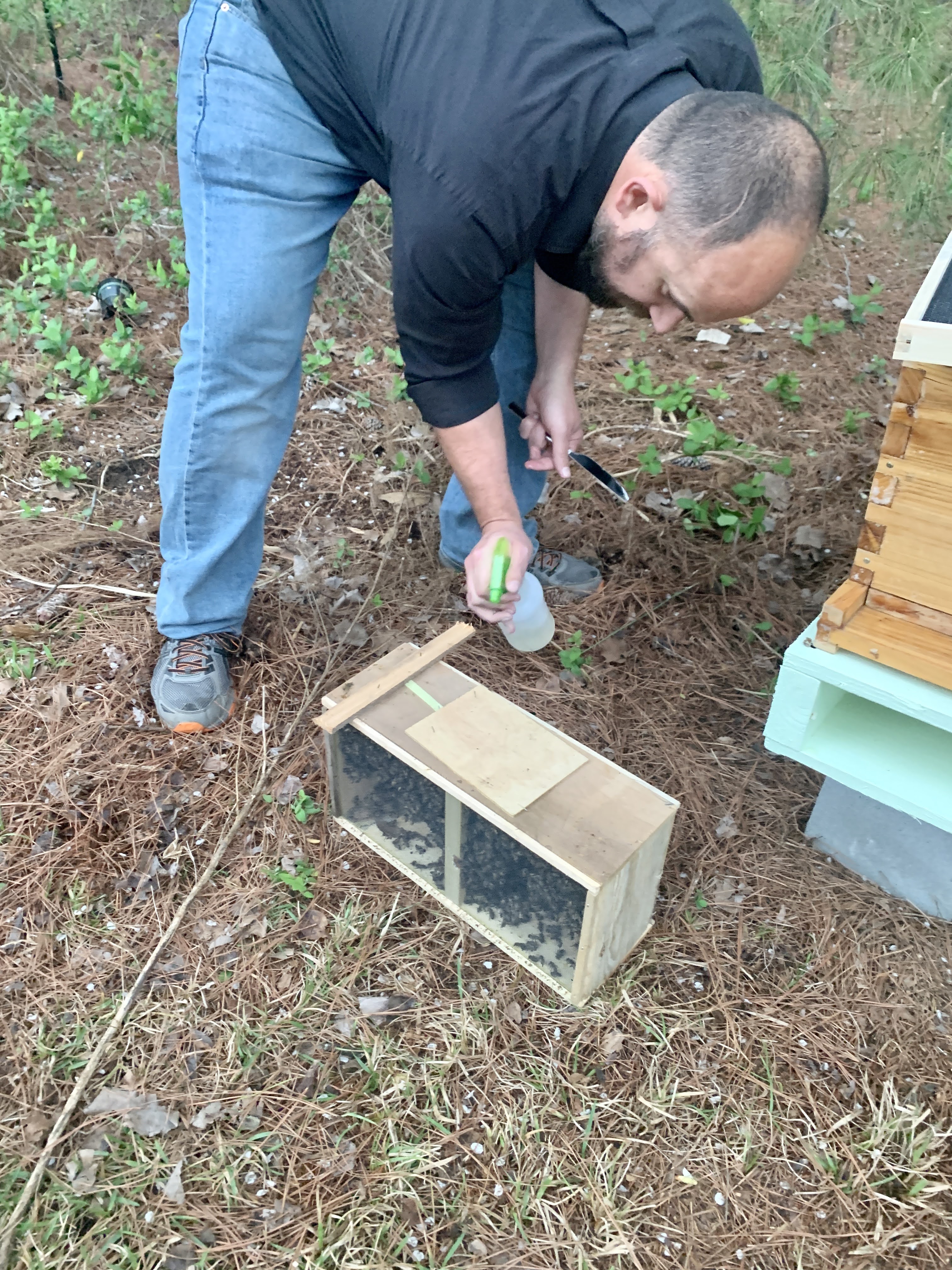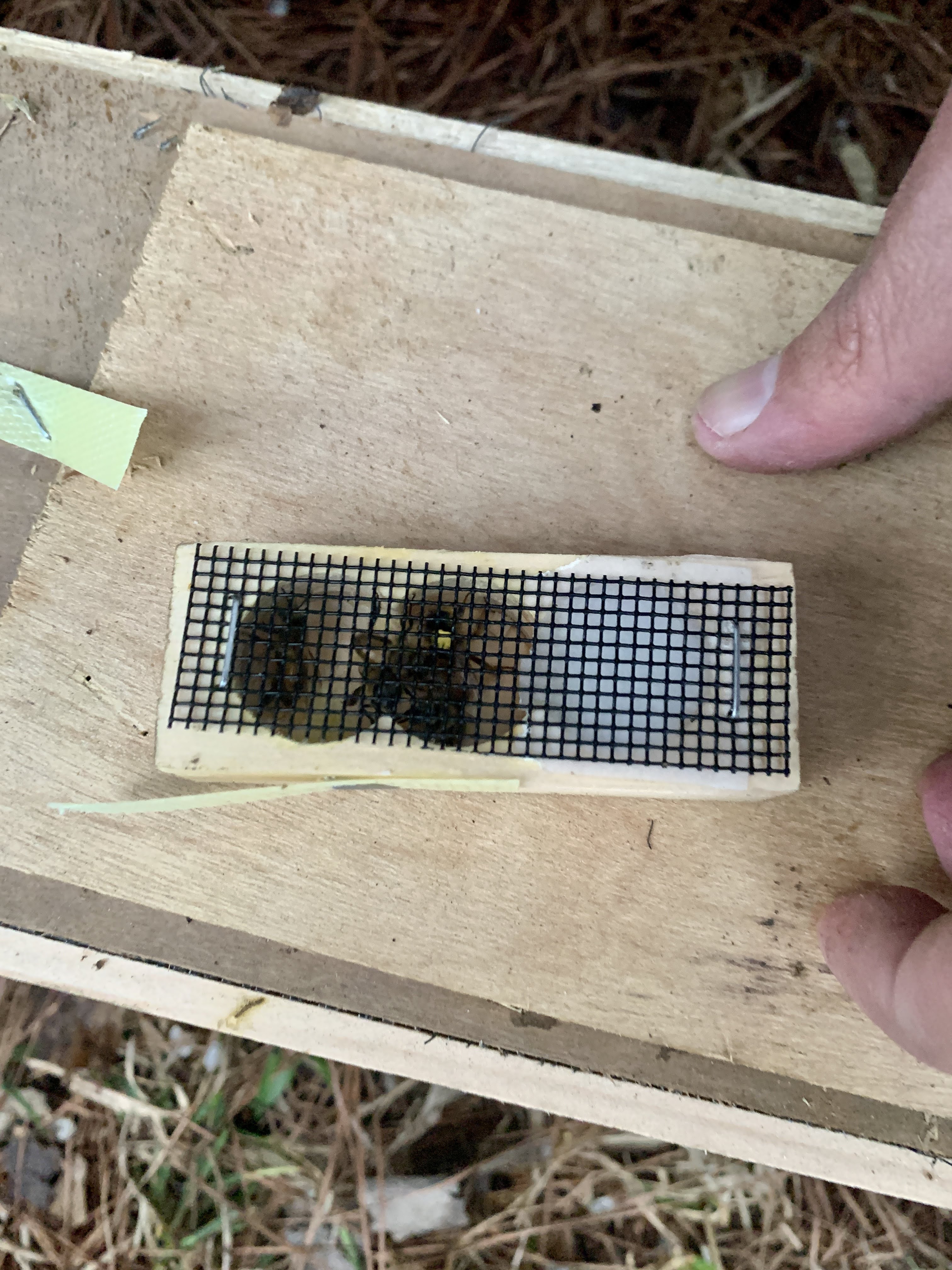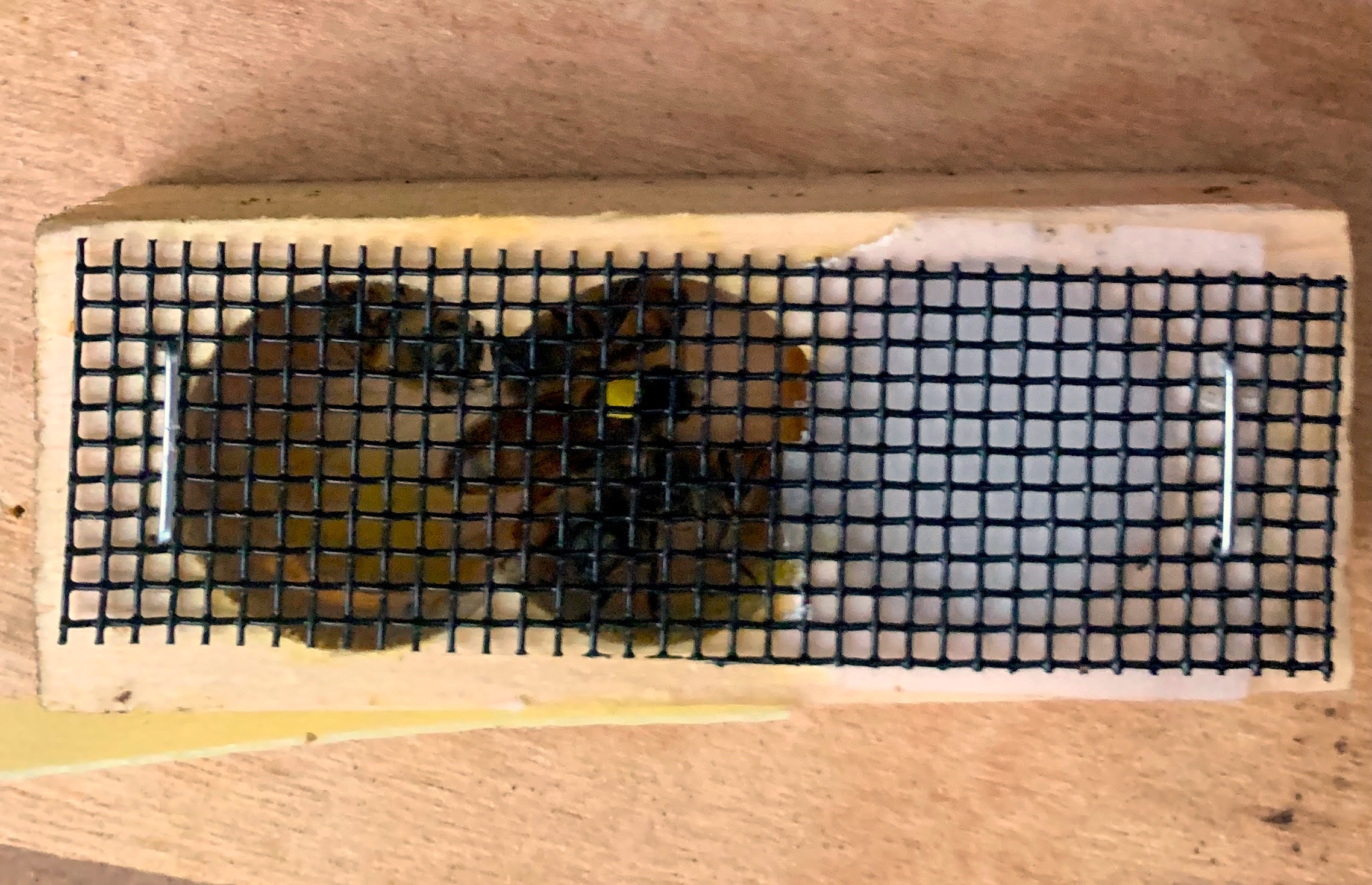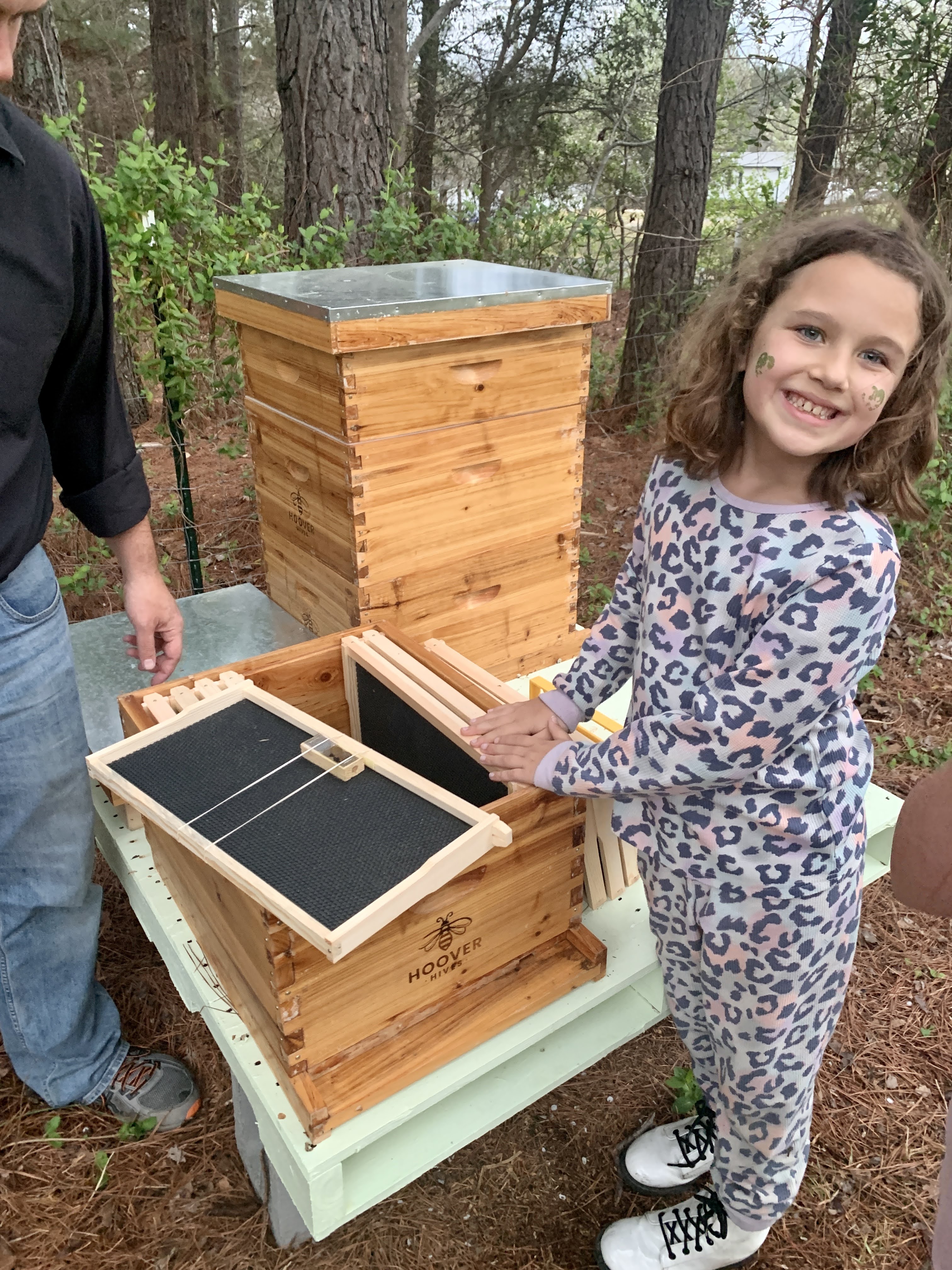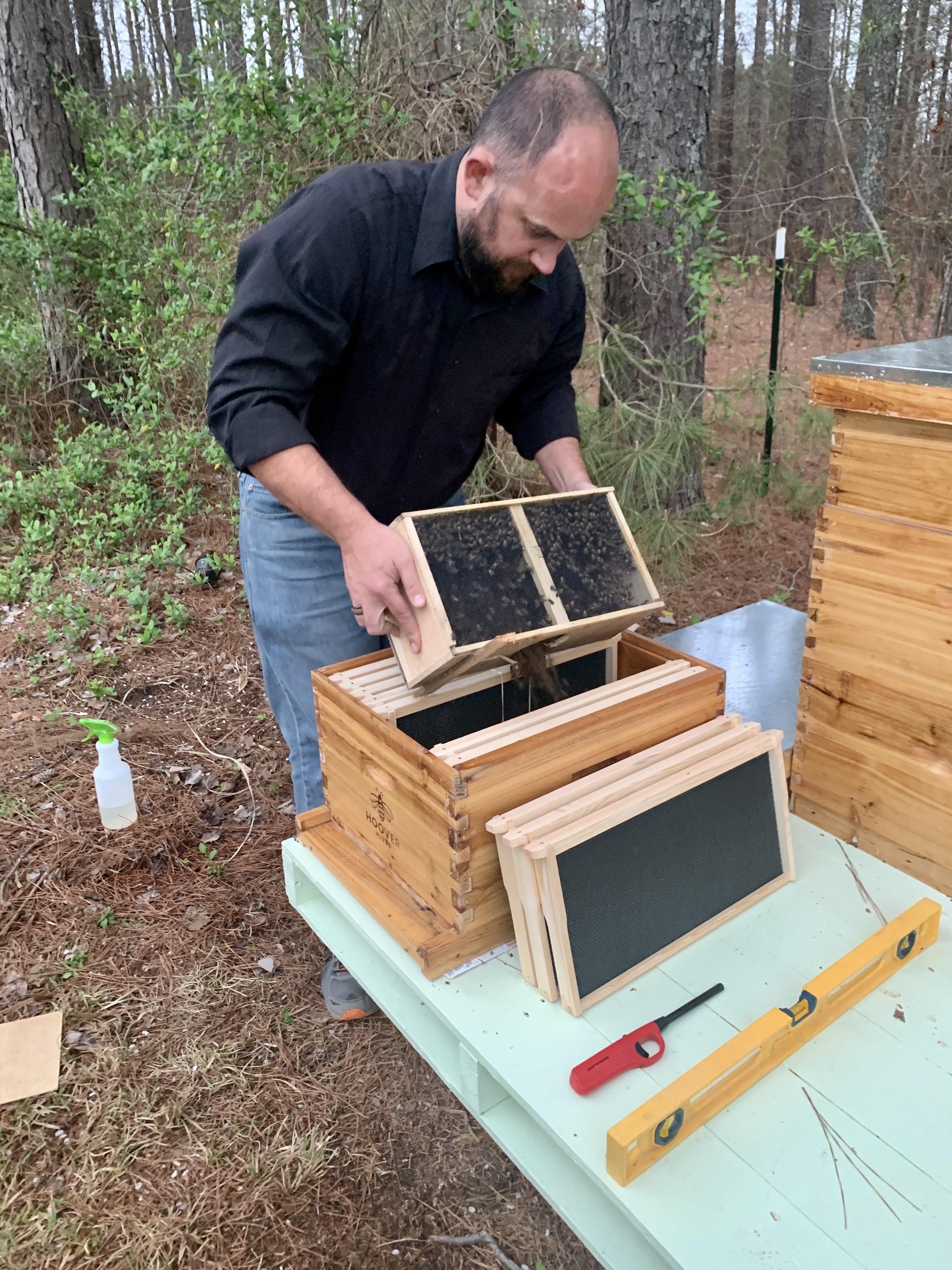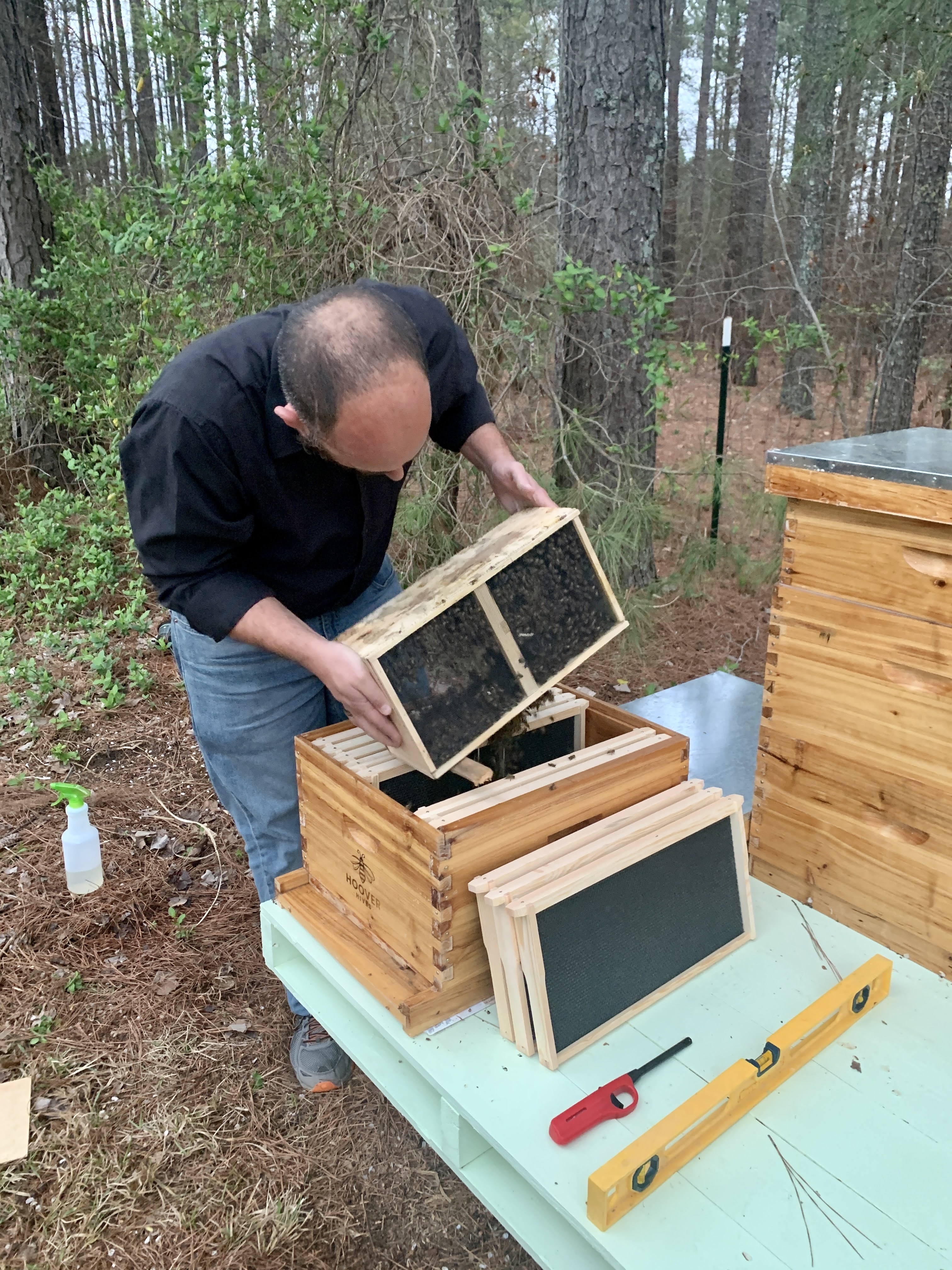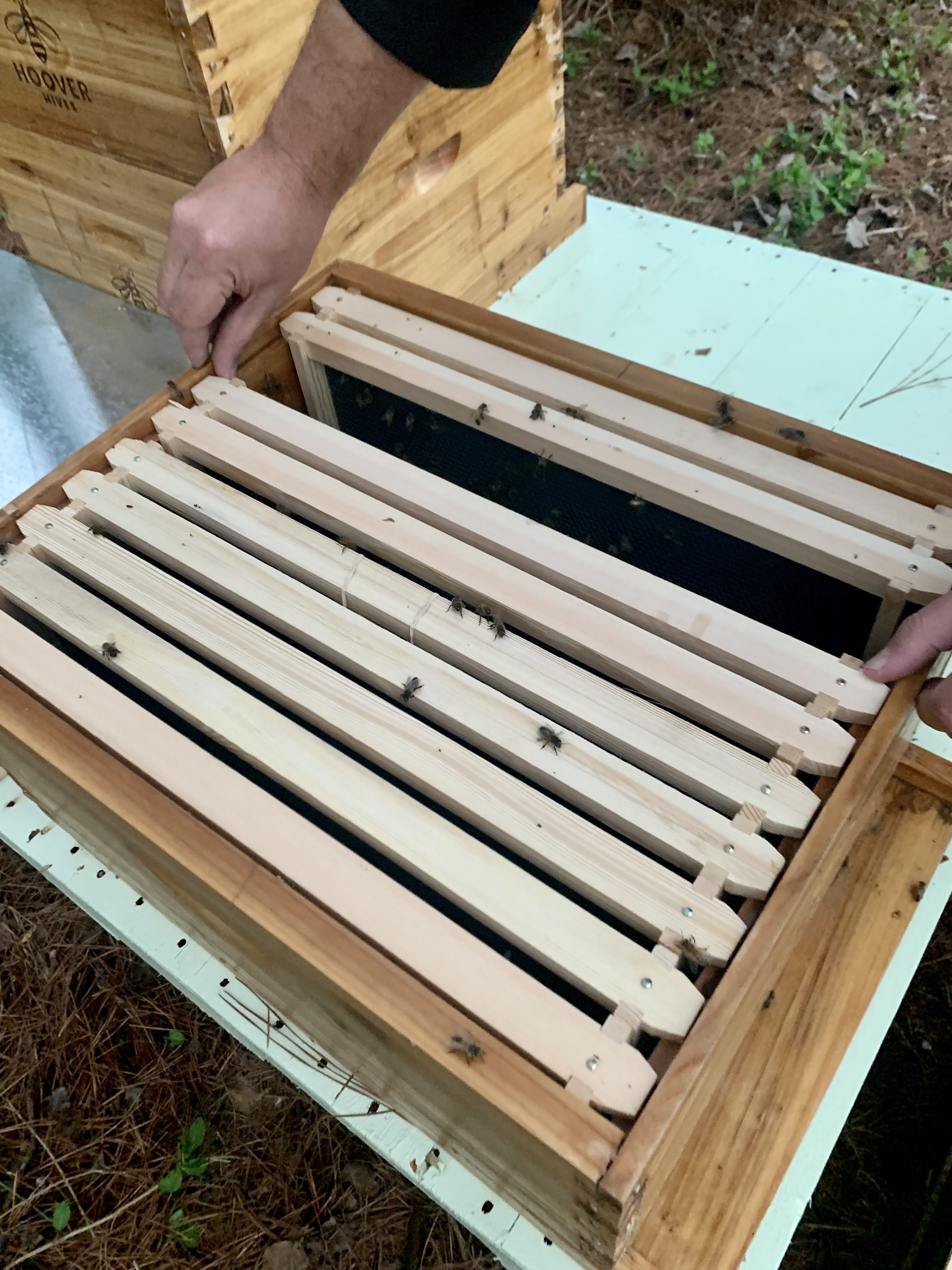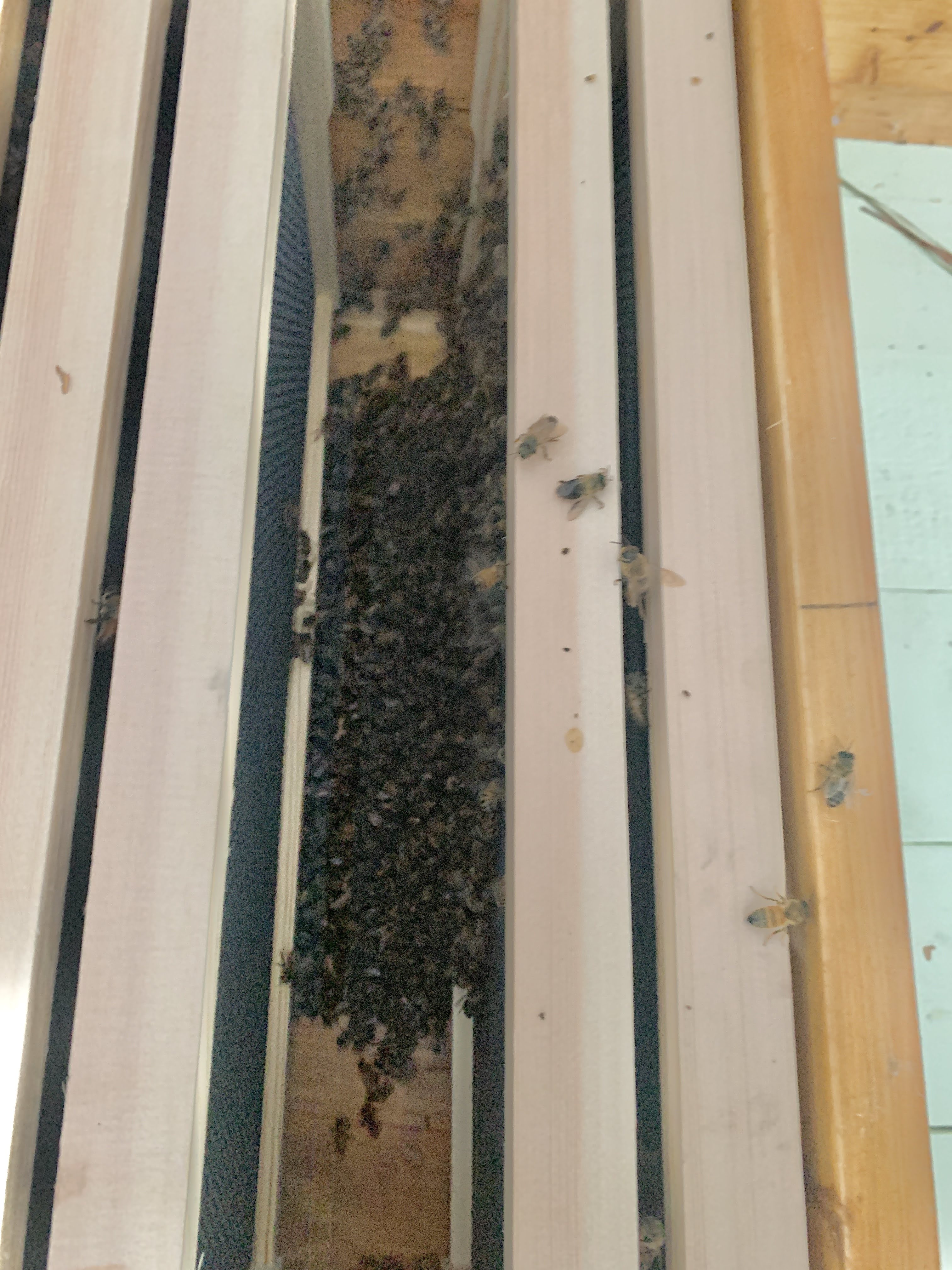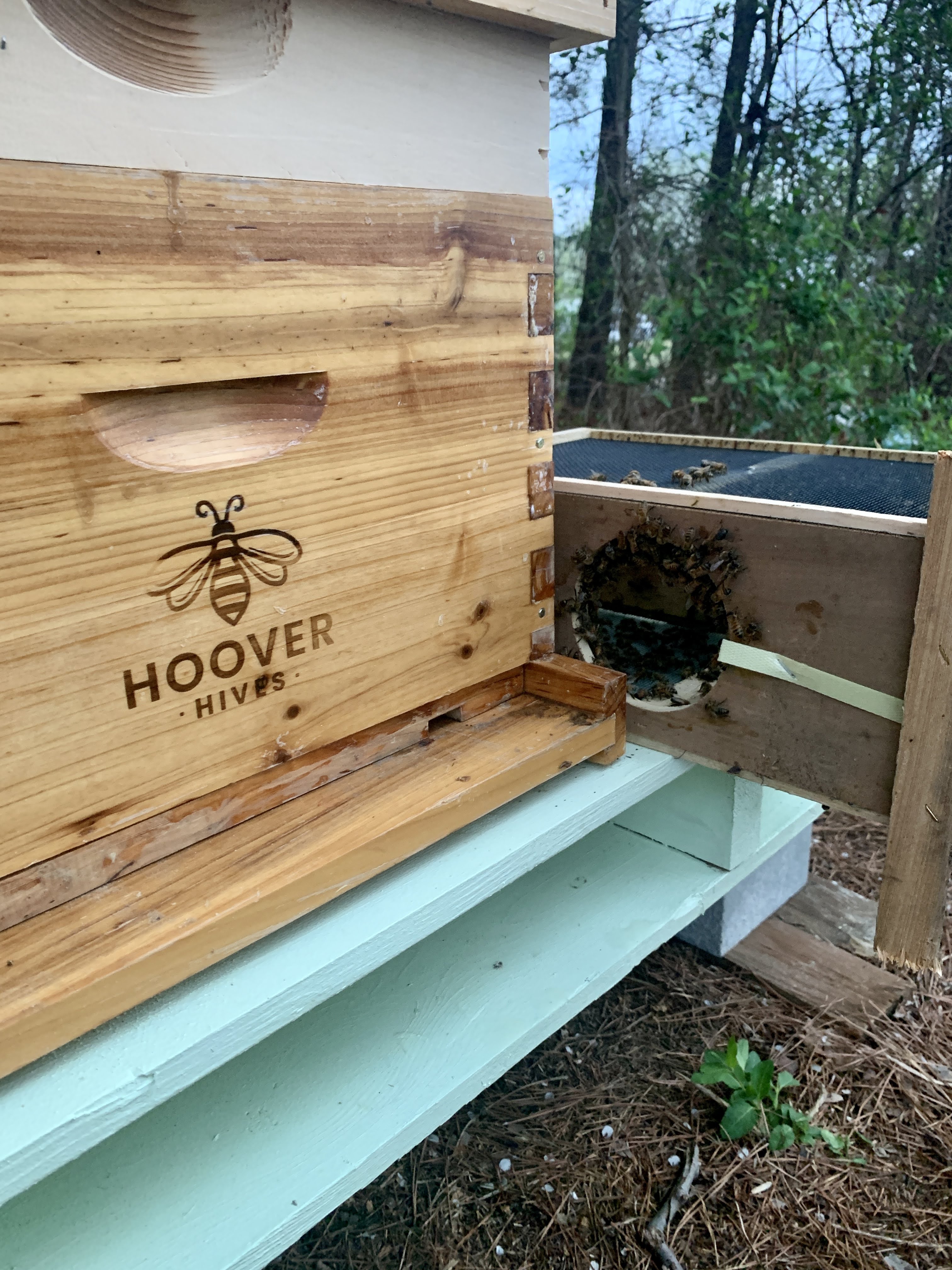
Honey Bees
2022-03-26
We are officially beekeepers. Again. I say again because we tried to do this 2-3 years ago. We return to the noble and complicated art of apis mellifera husbandry humbler and much more willing to do it the normal way. Last time we thought it would be better to try the method and equipment used by less that one percent of U.S. bee keepers. I read a lot less because a lot less is written about these hives and method because hardly anyone does it. This time round we are doing it differently. I’ve read more and am willing to do it the way everyone else does it. And we are so, so excited. I’ve always loved bees and the idea of beekeeping, but to be honest, Corra gets all the credit for us now being beekeepers again. After our first epic failure and loss of two hives, I figured we’d revisit beekeeping someday. Later. When I had more brain space. But something piqued Corra’s interest and she started our family bee club. She’s the queen, Layna is her assistant, I’m the worker and Neil is the guard. Our bee club decided to give bee keeping another go. In Janurary our hives came and the girls and Neil built them over a few mornings while I was at Seminary. New Year’s Day seemed like a great time to test the smoker. Then we had to keep waiting for our bees to be ready to come home. That happened the day before yesterday and we are all feeling good about this new old adventure.

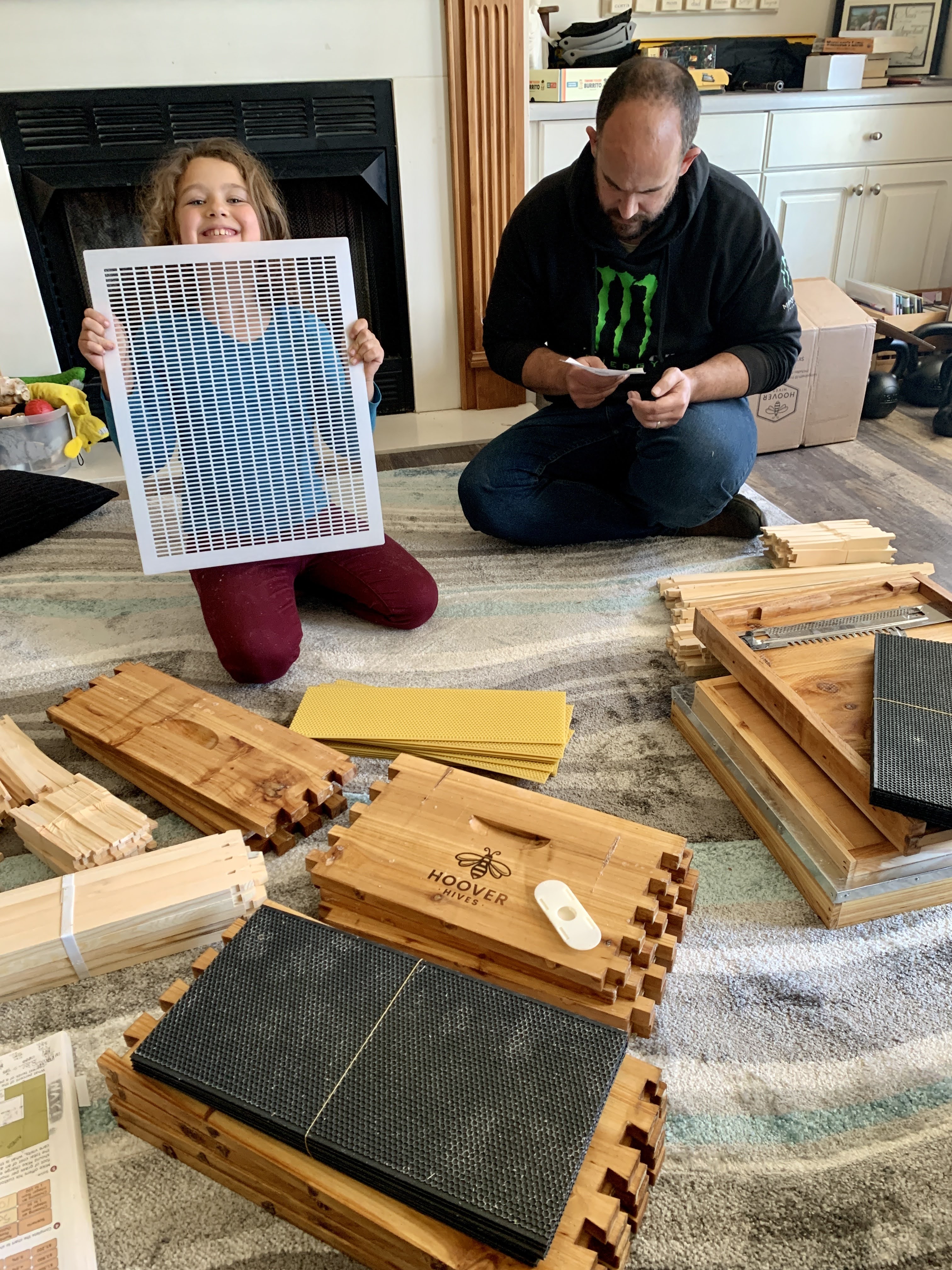
It was rainy and overcast when we got home so the bees had to hang out in our shed until later in the evening when things cleared up.
Before you worry about none of us wearing protective gear…it’s fine. Bees that are without a hive are the most docile and gentle they will ever be. They have one objective: find a home and get going on with the business of being a bee. Stinging people doesn’t factor into that plan unless the person is interfering and not being helpful. Also, I’d like to introduce you to our queen, Alexandria. Corra chose her name and we think it works with her bright yellow dot. Queens are marked with a specific colored dot which is based on the year they are born. The dot helps a keeper find her in the hive but also know how old she is and what year she was introduced. After they get dumped into the hive (I promise it is the accepted method) we put on the feeder and fill it with simple sugar syrup. Sugar is awful for human beings, but it’s a great interim food for bees while they wait for flowers to actually wake up and bloom. The feeder is designed for the keeper and the bees’ comfort. They can access the syrup constantly with minimal risk of drowning. The keeper can refill it without breaking into the actual hive body. Lastly, since it is contained under the lid, it is protected from other bugs/bees and the new colony doesn’t have to fend off hungry raiders.
After a night and a morning, all the stragglers worked their way into the hive to rejoin their sisters. It’s been so gratifying to watch the bustle at the hive entrance and start wrapping my head around our first real hive inspection a week from today. Veils will be worn by all, just in-case us people do something not helpful, which is highly likely.

